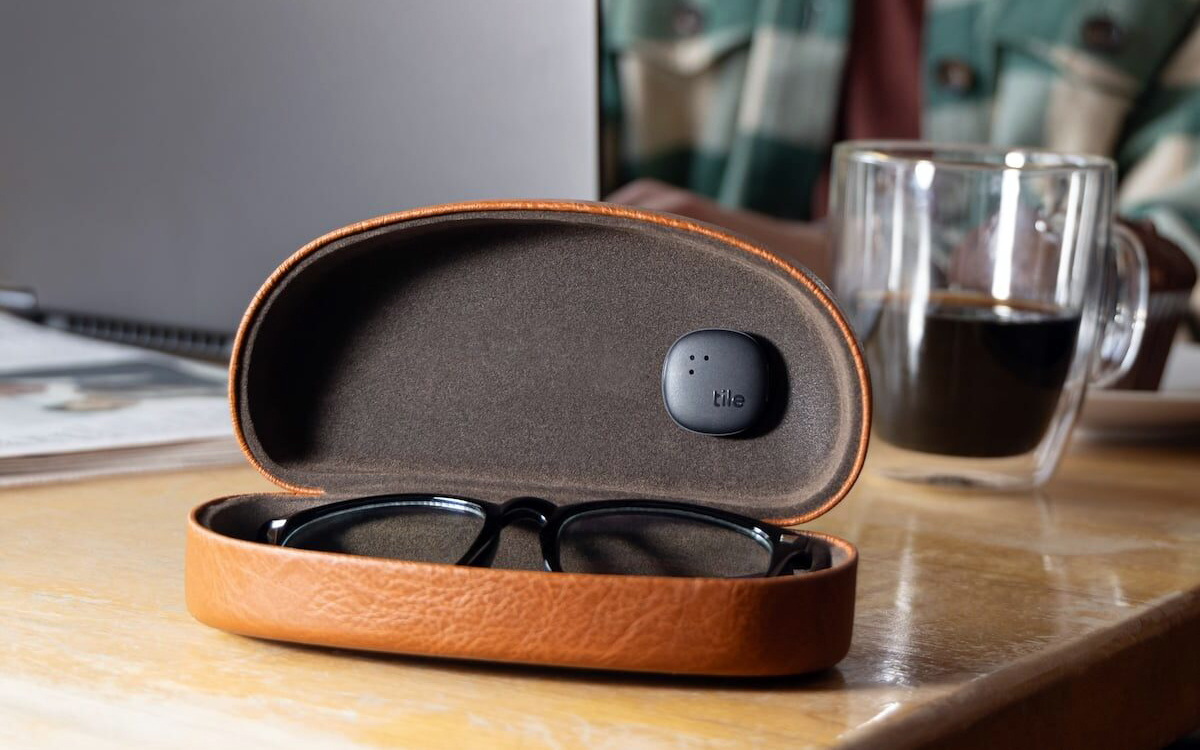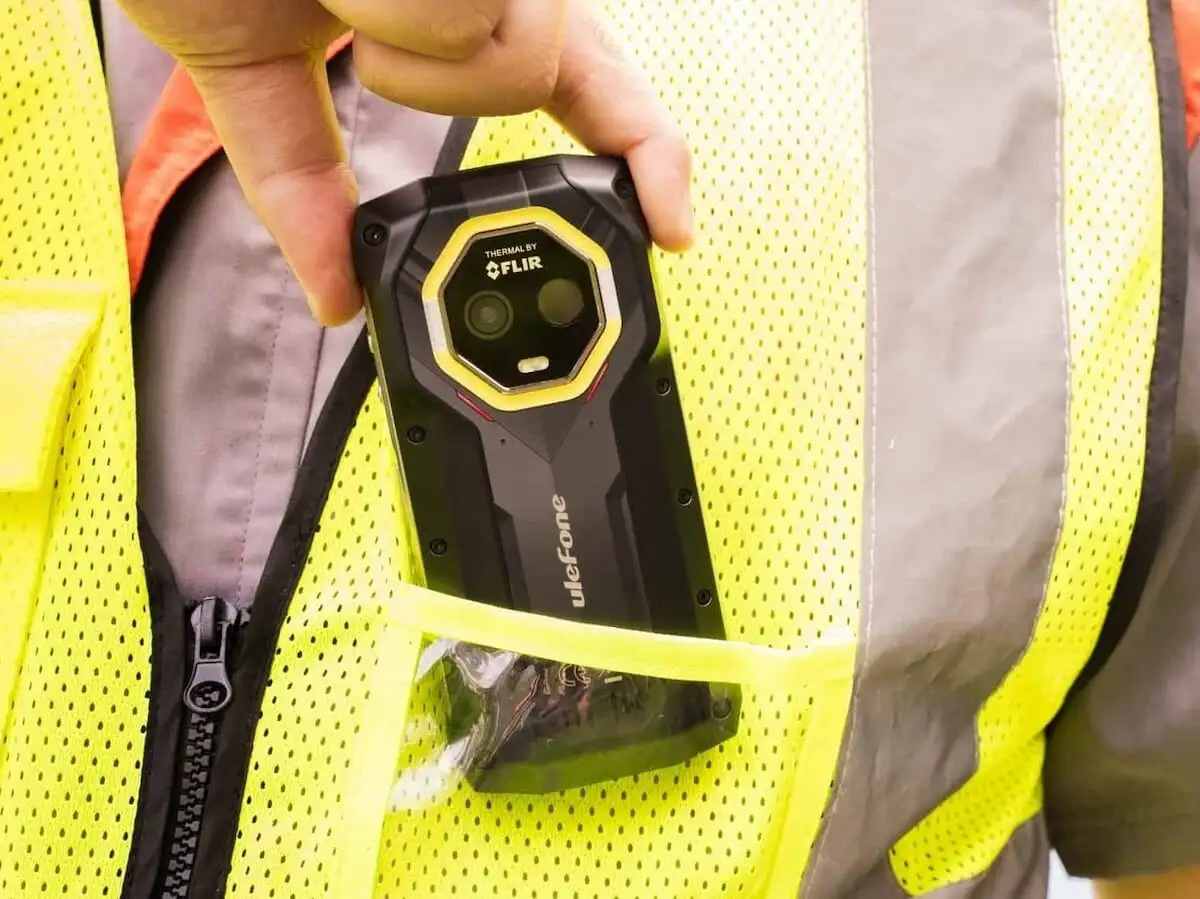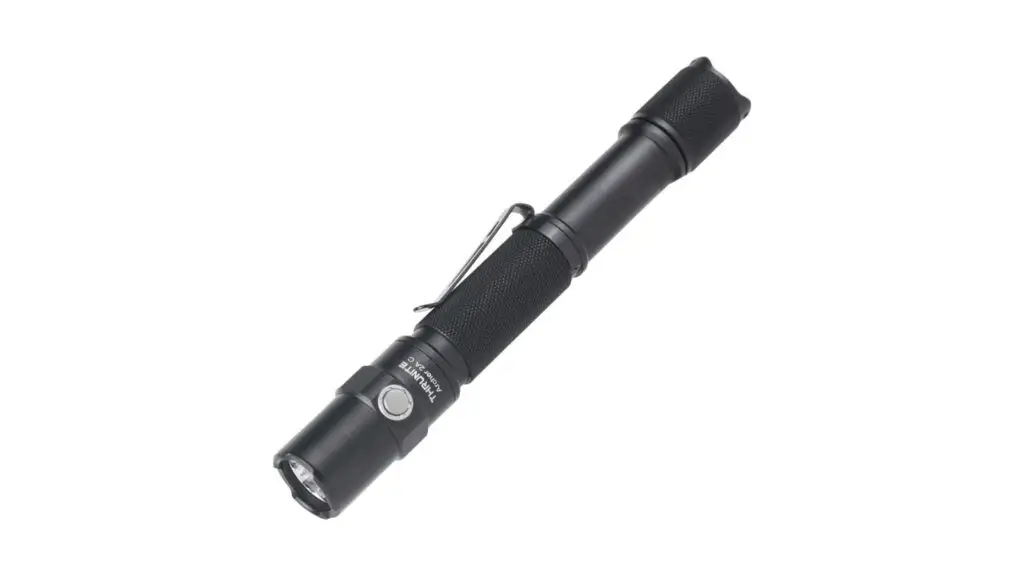Ever wondered how to celebrate World Braille Day with your visually impaired friends?
I’ve got you covered with some awesome gift ideas that’ll make their day extra special.
World Braille Day, observed on January 4th, honors the birth of Louis Braille, the inventor of the braille system. It’s a perfect opportunity to show appreciation for this revolutionary tactile reading and writing system that has empowered millions of blind individuals worldwide.
Let’s dive into some thoughtful gift options that combine practicality with a touch of fun. These presents not only celebrate braille but also enhance the daily lives of your blind friends.
Ready to be the coolest gift-giver this World Braille Day? Let’s explore some unique ideas that’ll make your visually impaired pals smile from ear to ear.
Magnetic Ball-Bearing Watch

What we liked:
- Unique timekeeping with floating magnetic balls
- Minimalist design with no traditional hands
- Easy-to-adjust stainless steel mesh bracelet
Ever thought about telling time with floating balls? The EUTOUR magnetic watch does just that. It uses two magnetic balls to show the hours and minutes, making it a fun conversation starter. Plus, its sleek design looks pretty cool on your wrist.
This watch isn’t just about looks, though. It’s actually pretty practical for visually impaired folks. The raised markers and moving balls make it easier to feel the time. And hey, if you’re feeling playful, you can even swipe the balls around and watch them snap back into place. Who said checking the time had to be boring?
Smart Button with Remote Dimming
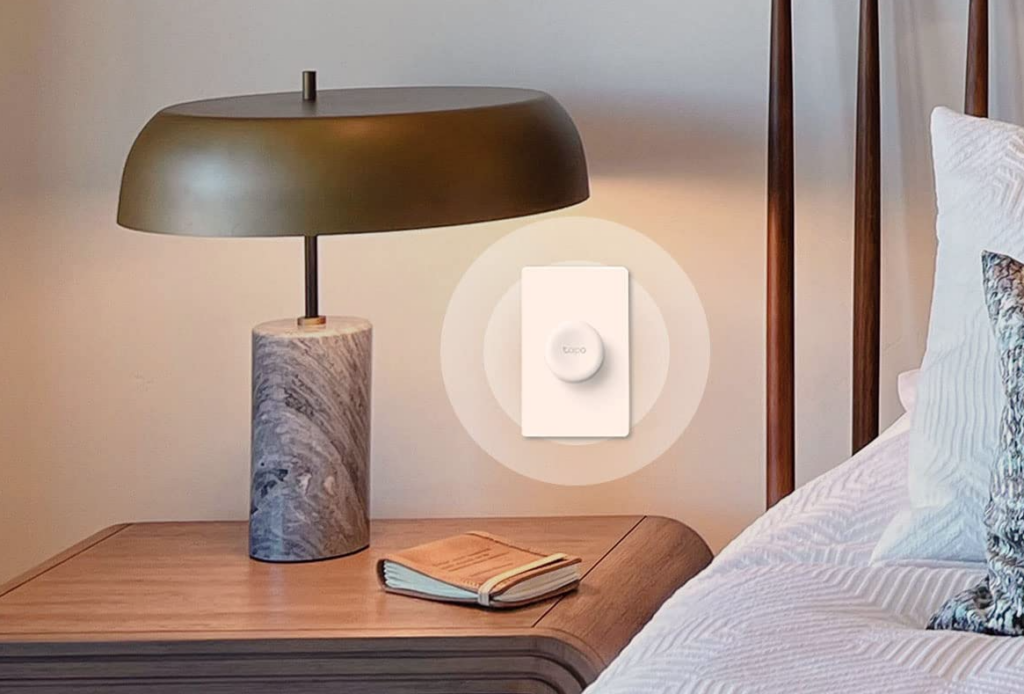
What we liked:
- Wireless control of multiple smart devices
- Customizable single tap, double tap, and rotation actions
- Long battery life of over a year
The Tapo S200D is a nifty little gadget that brings smart home control to your fingertips. This button-sized wonder lets you manage your Tapo smart devices without fumbling for your phone. It’s like having a magic wand for your lights, but instead of saying “Lumos,” you just give it a tap or a twist.
Setting up the S200D is a breeze, but keep in mind you’ll need a Tapo Hub to make it work its magic. Once connected, you can stick this button anywhere – walls, fridges, or even your forehead if you’re feeling quirky. The real fun begins when you start programming it. Want your lights to dim with a spin? Or maybe trigger a dance party with a double-tap? The possibilities are endless, limited only by your imagination and how many Tapo devices you own.
Bluetooth Item Locator with Adhesive Backing
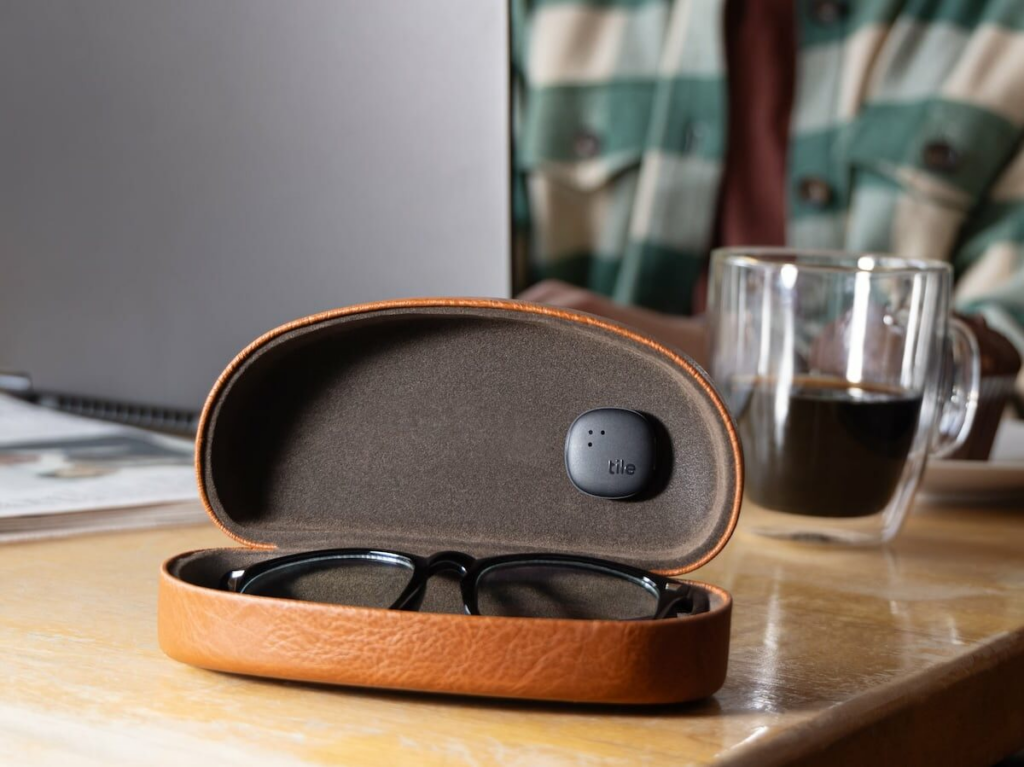
What we liked:
- Small and easy to stick on various items
- Long battery life (up to 3 years)
- Water-resistant design
Ever misplaced your remote control or lost your wallet in the couch cushions? The Tile Sticker is here to save the day. This tiny Bluetooth tracker sticks to just about anything, turning your absent-minded moments into minor inconveniences rather than full-blown panic attacks.
With a range of up to 250 feet and a loud ring, the Tile Sticker helps you find your stuff faster than you can say “Where did I put that?” It’s water-resistant, so you can stick it on your bike or even your waterproof phone case. Plus, with a battery that lasts up to three years, you won’t have to worry about it dying on you when you need it most. Just don’t stick it on your forehead to remember where you put your brain – that might be a bit much.
Portable Braille Keyboard for Smartphones

What we liked:
- Compact and easy to carry
- Works with both iOS and Android devices
- Allows typing without taking out your phone
The Hable One is a nifty little gadget that’s changing the game for visually impaired smartphone users. This pocket-sized braille keyboard connects via Bluetooth to your phone or tablet, letting you type and navigate without ever touching the screen. It’s like having a secret agent tool, but for texting your friends instead of saving the world.
With just eight buttons, this clever device lets users write emails, browse the web, and even post on social media while keeping their phone tucked away. It’s perfect for those moments when you want to discreetly check your messages without broadcasting it to the whole bus. Plus, it supports multiple languages and even works for folks who are new to braille. Talk about a smart cookie!
Plastic Braille Playing Cards

What we liked:
- Durable plastic material
- Large print and Braille on each card
- Comes with a sturdy storage case
Ever thought about playing cards in a hot tub? With these plastic Braille playing cards, you totally can! These cards are not your average deck – they’re made of 100% plastic, making them practically indestructible. You could wash them in the sink, play with them underwater, or even use them as a makeshift fan on a hot day (okay, maybe not that last one).
But wait, there’s more! These cards aren’t just tough; they’re also super accessible. Each card has Braille on two corners and full-color printing, so both sighted and visually impaired players can join in on the fun. The Braille dots are nice and sharp, perfect for those still learning to read with their fingertips. Plus, they come in a hard plastic case that’s like Fort Knox for cards – your deck will be safe and sound between games.
Tactile Building Blocks for Visually Impaired
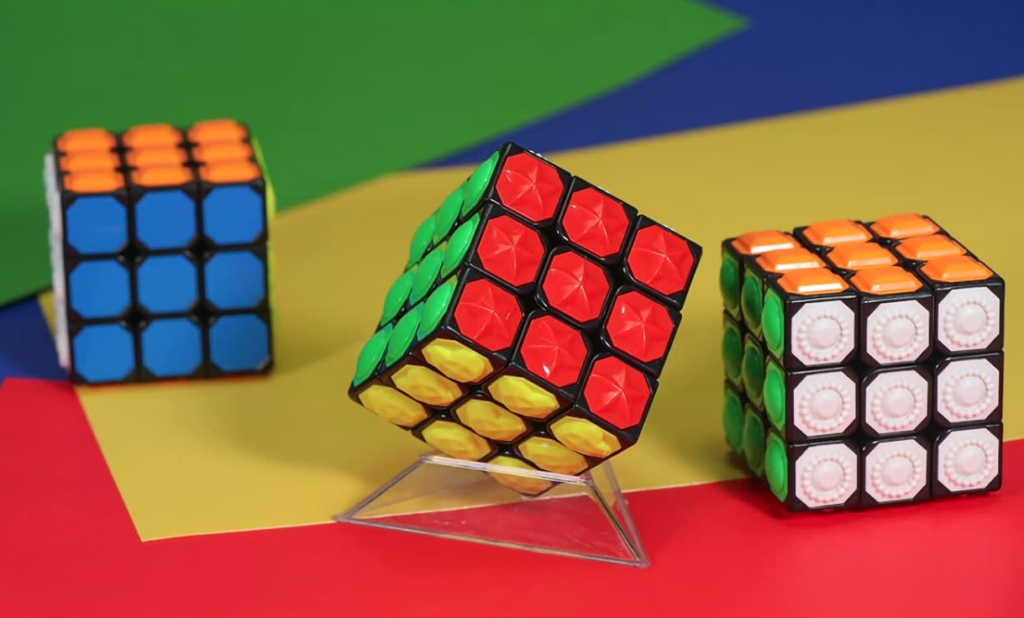
What we liked:
- Braille and raised patterns for easy identification
- Compatible with standard LEGO bricks
- Comes with a storage bag for easy cleanup
These special building blocks are a game-changer for visually impaired kids and adults alike. Each brick features Braille letters and raised patterns, making it a breeze to identify different pieces by touch. The set includes a variety of shapes and sizes, allowing for endless creative possibilities.
What’s really cool is that these blocks play nice with regular LEGO bricks, so you can mix and match to your heart’s content. Plus, the included storage bag means you won’t be stepping on stray blocks in the middle of the night (we’ve all been there). Whether you’re looking to improve fine motor skills or just have some tactile fun, these blocks are a solid choice.
AI-Powered Voice Recorder with Transcription

What we liked:
- Compact, credit card-sized design
- Transcribes and summarizes recordings using ChatGPT
- Supports 59 languages for transcription
The Plaud Note is a tiny but mighty voice recorder that fits in your wallet. It’s not just any old recorder though – this gadget uses AI to turn your ramblings into text and even give you a summary. Pretty nifty for those times when you’re too lazy to take notes or can’t remember what that important meeting was about.
But wait, there’s more! This little device can record both ambient sound and phone calls, making it perfect for interviews or sneaky eavesdropping (just kidding, don’t do that). With 64GB of storage and a 30-hour battery life, you can record to your heart’s content. Just be prepared to shell out some extra cash for a subscription to unlock all its AI-powered features. It’s like having a personal assistant in your pocket, minus the awkward small talk.
Talking Kitchen Scale with Voice
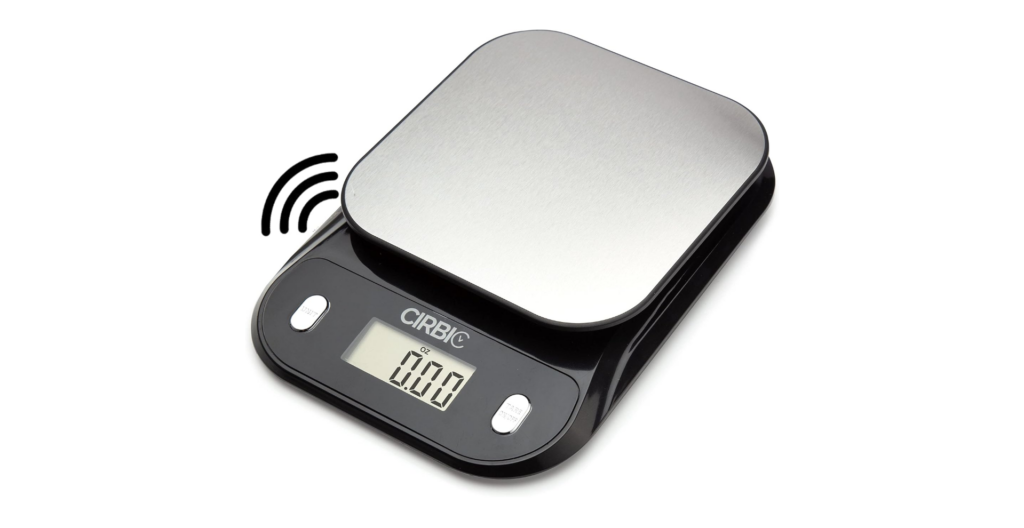
What we liked:
- Clear, loud voice for easy understanding
- Large display with big numbers
- Measures in both metric and imperial units
Ever tried cooking with your eyes closed? Well, this talking kitchen scale makes it a piece of cake! It’s a game-changer for visually impaired folks who love whipping up culinary masterpieces. With its booming voice and jumbo-sized numbers, you’ll never have to squint at tiny measurements again.
But wait, there’s more! This scale isn’t just a one-trick pony. It can handle up to 11 pounds of whatever you throw at it, from feathers to fruitcakes. And with its tare function, you can easily subtract the weight of your mixing bowl. Plus, it speaks in a clear North American accent, so you won’t mistake “flour” for “flower” and end up with a very unusual cake!
Bone Conduction Headphones with Open-Ear Design

What we liked:
- Allows awareness of surroundings while listening
- Comfortable for extended wear
- Sweatproof for active use
The Shokz OpenMove are bone conduction headphones that sit outside your ears, letting you jam to tunes while still hearing the world around you. Perfect for blind users who need to stay alert, these headphones use vibrations to send sound through your cheekbones. It’s like having a tiny dance party in your skull, minus the weird looks from passersby.
With a 6-hour battery life and IP55 sweatproof rating, the OpenMove can handle your sweatiest workouts or rainiest commutes. The sound quality won’t blow your mind, but it’s decent enough for podcasts and calls. Plus, the open-ear design means you can finally hear your friend yelling “Watch out for that tree!” before it’s too late. Just don’t crank the volume too high, or your cheeks might start doing the cha-cha.
Compact Bluetooth Mini Keyboard

What we liked:
- Pocket-sized and ultra-portable
- Long battery life (600 minutes of use)
- Compatible with multiple devices
This tiny Bluetooth keyboard is a nifty gadget for those who want tactile typing on their smartphones or tablets. It’s about the size of a TV remote, making it perfect for on-the-go use. The QWERTY layout might take some getting used to, but once you do, you’ll be tapping away like a pro.
The keyboard boasts a 150mAh rechargeable battery that lasts for 600 minutes of continuous use. It connects via Bluetooth 3.0 and works with a variety of devices, from iPhones to Android tablets. While it’s not ideal for lengthy typing sessions or gaming, it’s a handy tool for quick emails or messages when you’re tired of touchscreen typing.
Smart Speaker with Voice Control
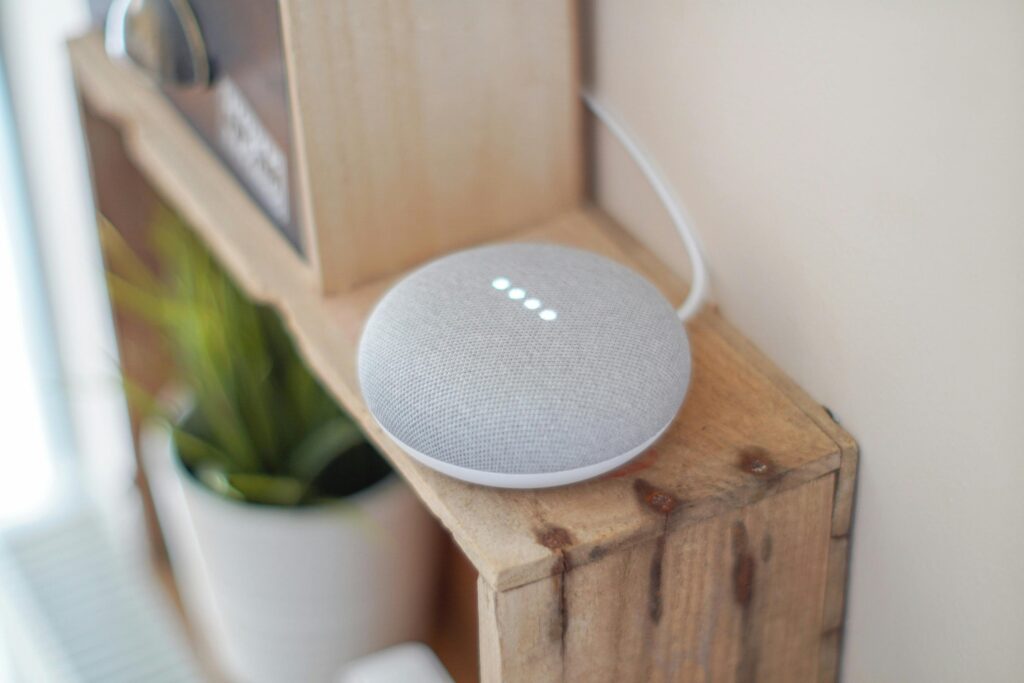
What we liked:
- Compact design fits anywhere
- Impressive sound quality for its size
- Easy setup and integration with Google ecosystem
The Google Nest Mini is a tiny powerhouse that packs a punch. This smart speaker may be small, but it delivers surprisingly rich audio that can fill a room. With its voice-activated Google Assistant, it’s like having a helpful friend who’s always ready to answer questions, set reminders, or control your smart home devices.
Setting up the Nest Mini is a breeze, and it plays nice with a ton of smart home gadgets. You can ask it to dim the lights, adjust the thermostat, or even order pizza. Plus, it’s got a machine learning chip that makes it faster and smarter over time. Just don’t be surprised if you find yourself chatting with it more than your actual friends.
FAQs
What is World Braille Day and why is it important?
World Braille Day is celebrated annually on January 4th, the birthday of Louis Braille, who invented the braille system. It’s crucial because it raises awareness about the importance of braille literacy and accessibility for blind and visually impaired individuals.
The day highlights the ongoing need for equal access to information and education. According to the World Health Organization, approximately 2.2 billion people worldwide have a vision impairment, and braille remains a vital tool for many.
Are there any etiquette rules to follow when giving gifts to blind friends?
When giving gifts to blind friends, it’s best to follow general gift-giving etiquette while being mindful of their needs. Here are some tips:
- Avoid saying “This is for blind people.” Instead, focus on the gift’s features and why you think they’ll enjoy it.
- If the gift requires assembly or has multiple parts, offer to help set it up.
- Include a braille or audio description of the gift if possible.
- Don’t be afraid to give visual gifts like artwork or decorative items – many blind people appreciate these too!
Remember, your blind friends are individuals with diverse interests. The most thoughtful gifts are those that align with their personal tastes and hobbies.
Where can I find more resources about braille and supporting the visually impaired community?
There are numerous resources available for learning about braille and supporting the visually impaired community:
- National Federation of the Blind: Offers information, advocacy, and resources for blind individuals.
- American Foundation for the Blind: Provides research, resources, and programs to support visually impaired individuals.
- Perkins School for the Blind: Offers educational resources and information about braille literacy.
- Local libraries often have braille books and resources available.
- Many universities with special education programs offer courses or workshops on braille and visual impairment.
These organizations often have volunteer opportunities, allowing you to directly support the visually impaired community. Additionally, advocating for accessibility in your local community can make a significant impact.
